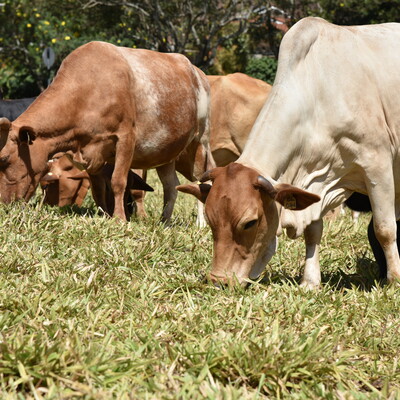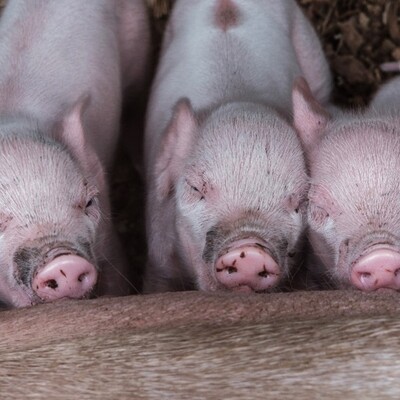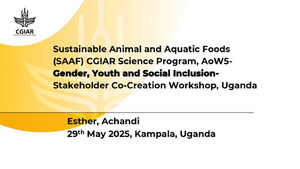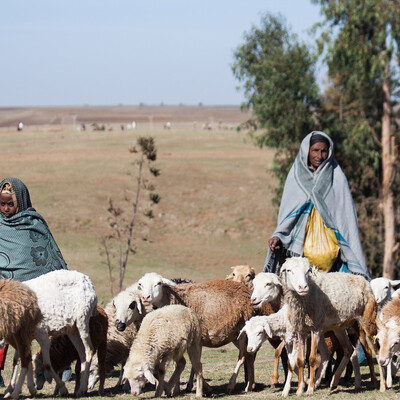
Implications of a gendered approach in improving small ruminant productivity
Understanding gender dynamics is important for informing interventions that seek to improve sheep and goat productivity. Ensuring that small ruminant improvement practices are not only relevant but well-matched with the preferences of men and women farmers is more likely to improve the adoption of technologies introduced by research for development programs.
A recent International Livestock Research Institute (ILRI)-led study explores how gender dynamics in sheep and goat husbandry inform the design and delivery of selective breeding interventions to improve animal productivity in pastoral systems. Gender dynamics, or the relationships and interactions between and among women, men, girls and boys, affect who does what livestock farming activities, who has control over them and the revenues generated through these activities.
Juliet Kariuki, an ILRI post-doctoral reseacher who led the study, says participatory approaches that invite the contributions of both men and women to identify elements such as suitable animal traits, challenges and suitable solutions is one way of promoting the integration of breed preferences that benefit both genders.
'Understanding the underemphasised roles of women in sheep and goat management in the arid and semi-arid areas of Kenya, for example, presents an entry point to introduce new or strengthen existing breed management practices,' says Kariuki. Among other findings, the study revealed that women in in Turkana, Garissa, Wajir, Marsabit and Isiolo are increasingly more engaged in grazing activities because families are settling more and children going to school. Women are therefore becoming the main source of animal management labour unlike a long-standing assumption that this is mainly a man’s job. In regard to important productivity traits, women prioritized small ruminants that were likely to provide more milk, while animals that were likely to increase income based on their size, were prioritized by men.
The study has helpful insights for implementors of ongoing and future animal productivity interventions in the arid and semi-arid lands. It also shows that adopting gender-inclusive principles is more likely to reduce the likelihood impacts of perception biases and enhance the overall socio-economic outcomes from livestock interventions. Specifically, adopting a gendered approach can inform productivity improvement programs by enhancing
- the understanding of divisions in labour in sheep and goat productivity improvement activities;
- the design of genetic improvement strategies that accommodate or address gendered opportunities and constraints in sheep and goat-related management and decision-making practices, and
- the strategic targeting of men and women to minimize lop-sided information and the unintended consequences for women and the household in order to promote more gender equitable outcomes.
Read the full study Does the gender of farmers matter for improving small ruminant productivity? A Kenyan case study.
Photo credit: Boran women with sheep and goats at a traditional deep well water source, Garba Tulla, Isiolo, Kenya (Photo Credit: ILRI/Fiona Flintan).




















